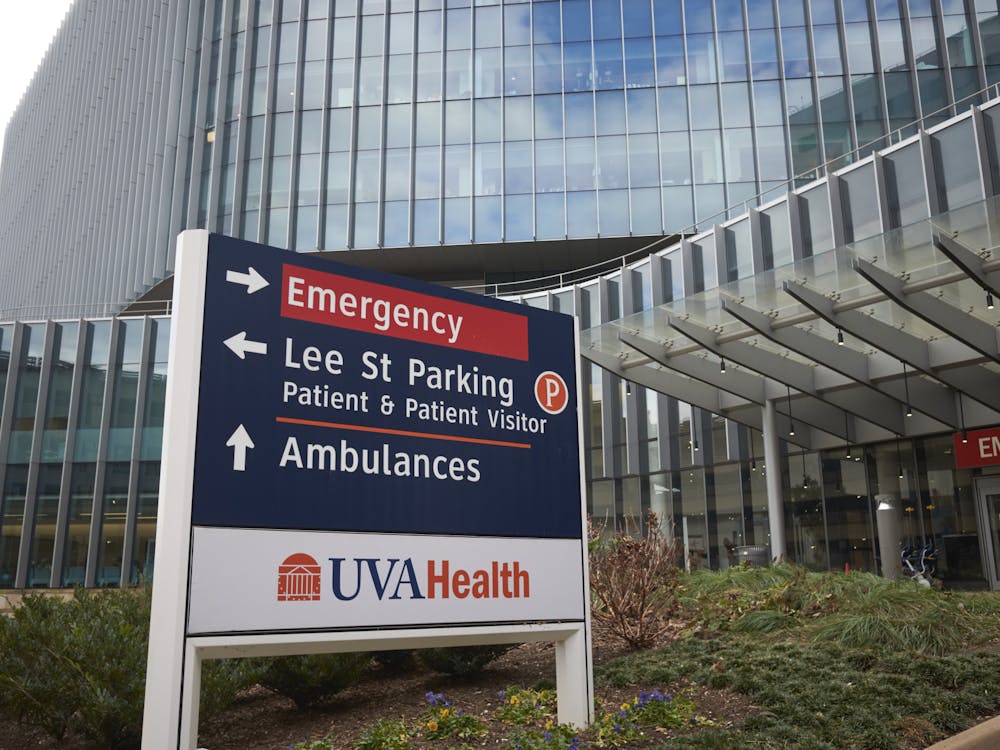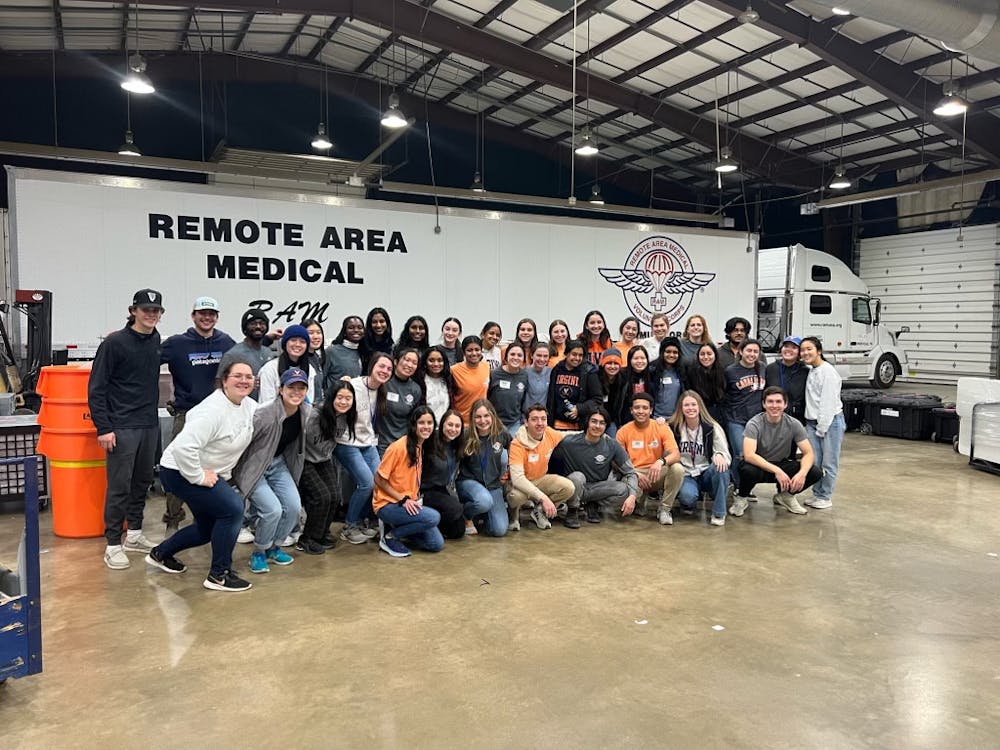Jobs in science, technology, engineering and mathematics are expected to grow by 2.8 million by 2018, according to data analyzed by the Georgetown University Center on Education and the Workforce. Even with this growth, the second-fastest increase in the country after health professions, the 2011 report predicts STEM jobs will make up only 5 percent of all jobs.
A study conducted by the National Science Foundation for a 2003-04 cohort showed that roughly 40 percent of first-time freshmen at four-year institutions planned on majoring in STEM fields. That increased to 60 percent, twice the combined attrition rate of all other majors, when pre-medical students were included. These students usually have the strongest SAT scores and high school science preparation, according to data from the University of California at Los Angeles.
But according to data compiled by Eric Bettinger in 2010 at Stanford University, less than half of students who initially express interest in STEM majors ultimately pursue that degree in college. Bettinger found that 57 percent of students who intended to major in a STEM subject chose a different academic path — citing difficulty of course work, lack of interest in the subject matter and the culture of the departments as reasons for switching out.
Retention rates among STEM majors at the University are higher than the national trend, however, said Edward Berger, associate dean for Engineering School undergraduate programs. The Engineering School has seen a retention rate of 90 percent from first year to second year for the past five years, he said.
The Engineering School also has a six-year graduation rate of 75 percent for students who ultimately earn an Engineering degree, Berger said, and more than 90 percent when including students who earned a degree in another school at the University.
“We’ve had more rising second-years transfer into engineering,” Berger said. “Our graduation rate for students who start in engineering and eventually earn an engineering degree is … among the highest in the nation.”
Third-year Engineering student Alex Ziehm, a systems engineering major, transferred from the Nursing School into Engineering School, saying she preferred math-centric courses.
“I was too overwhelmed with all the science classes,” Ziehm said. “I also didn’t like the idea of committing the next 10 years of my life to being a doctor if I was on the fence about it.”
Berger said many students who transfer both into and out of the Engineering School do it because they realize their interests lie in another field of study. There are other students, however, who may be overwhelmed by the demands of the program.
“Sometimes students enter engineering not as academically well prepared as we would like them to be,” he said. “In particular, their calculus skills might not be sharp enough. Other times, students experience academic challenges in their first semester or two, and become discouraged and decide to transfer to another discipline.”
Berger said that the Engineering School focuses on helping these students in particular to overcome their discouragement.
“Engineering is not just something you study in school, it’s something you do as a career,” he said. “So the significant efforts that students put in now, and the challenges they overcome, pay potentially lifelong dividends in terms of job opportunities, or graduate study.”
Increasing STEM education has been part of a nation-wide effort in recent years.
President Barack Obama and industry groups are hoping for one million students with STEM majors and 100,000 new STEM teachers in the next decade. The campaign for excellence in STEM education has had positive results so far, with recent trends showing a rise in STEM-directed college freshmen student bodies.




